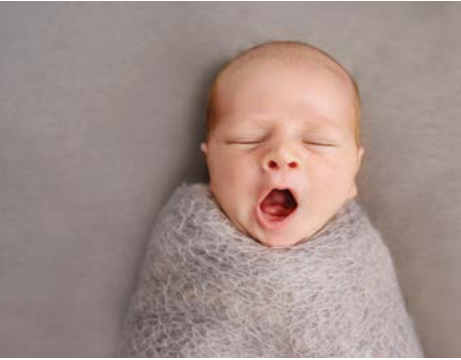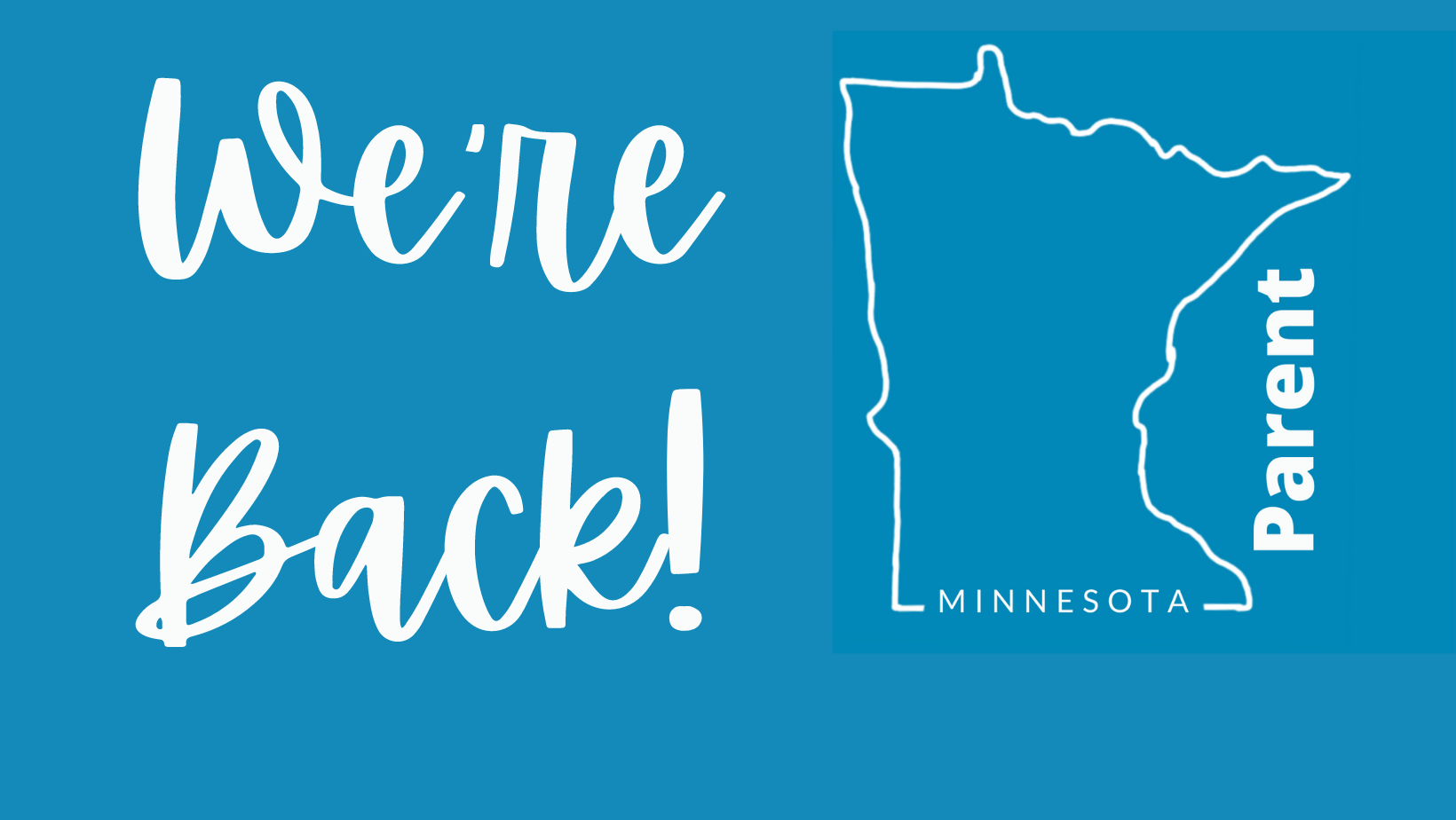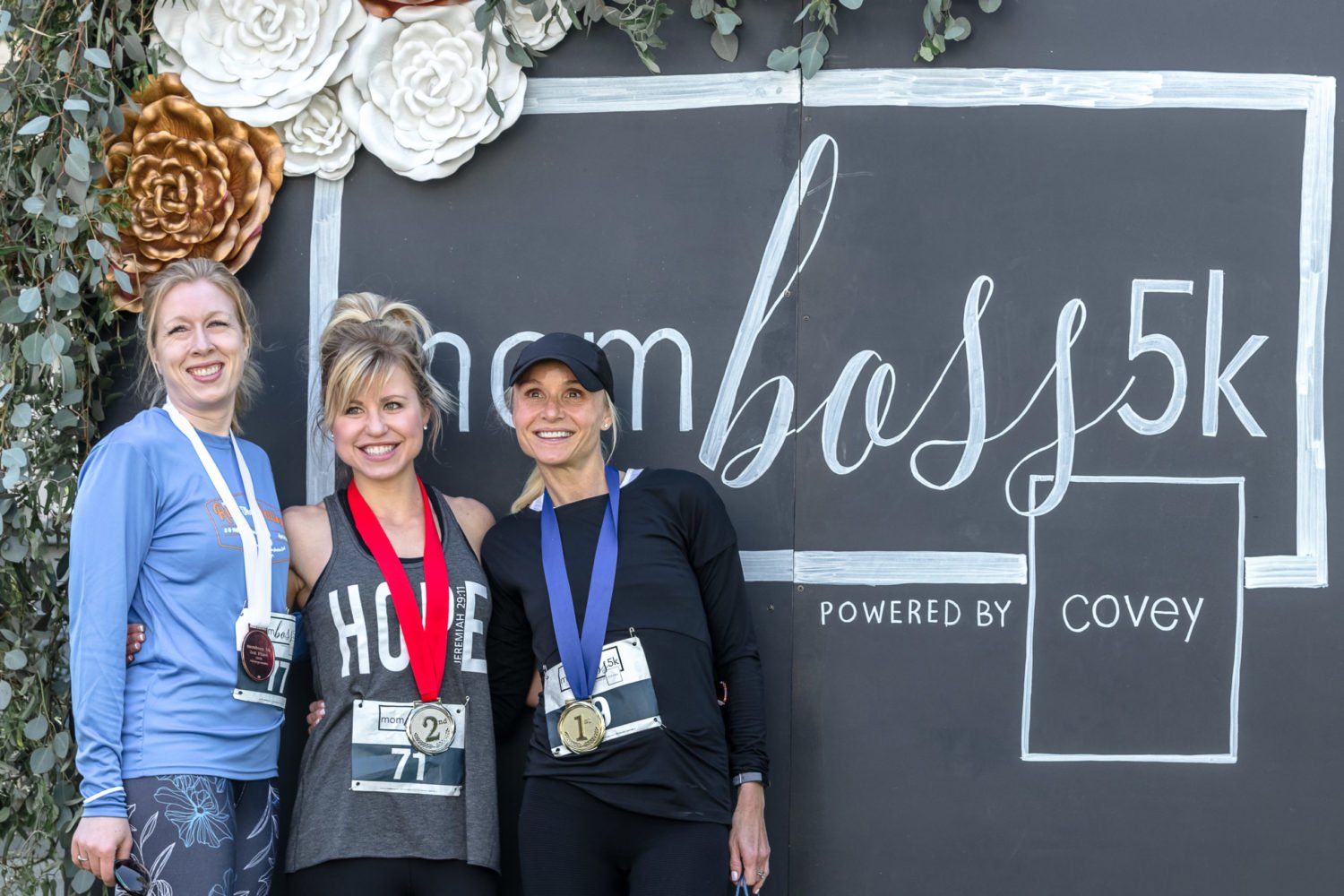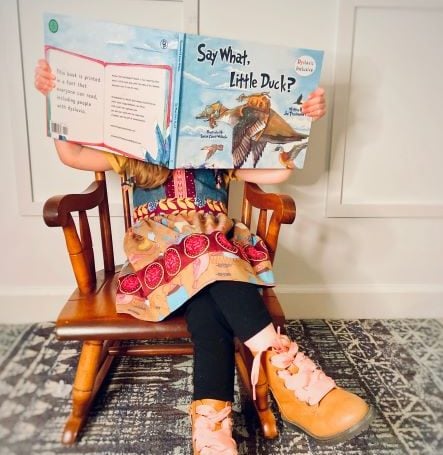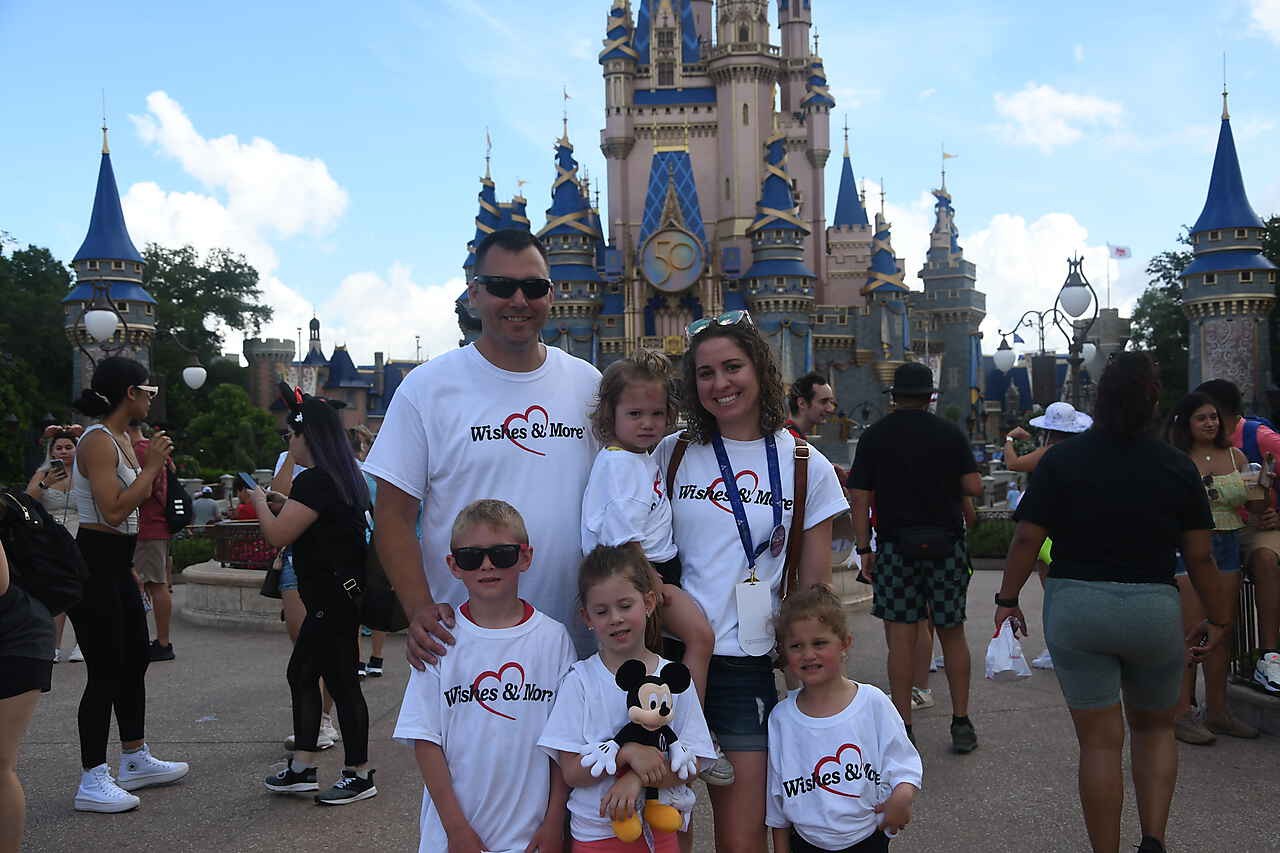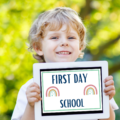Casey Byers is now a smart and savvy 12 year old, but she still remembers four years ago, when she was just a wide-eyed little kid, and she got to vote in a presidential election for the very first time. “Voting has always been a big deal in my family, and I remember always going along with my parents in the morning before school to watch them vote. That year, they told me I’d be able to cast my own ballot, and I remember thinking it was so cool that I got to choose how I wanted to vote all by myself. I had some ideas before we got there, but I waited until I read all the names on the kids ballot before I made my decision. And then I got a sticker, just like the grownups, which I think was the best part for me back then,” says Byers, who lives in Minneapolis and is now a seventh grader at Breck.
Her experience of a kids-only election was replicated in polling places nationwide. The force behind this novel idea is Kids Voting, a community-based nonprofit, nonpartisan organization with affiliates in Minnesota and 18 other states. After tabulating a record 1.8 million kid votes, volunteers across the country are gearing up for a bigger-than ever election season, with a goal of breaking the two million kid-vote mark.
At schools and polling places, kids will have an authentic election experience that allows them to complete a ballot with the same slate of candidates and issues as adult voters, and to have those ballots electronically tabulated and reported on Kids Voting websites. Judy Farmer, retired director of the Minneapolis Public Schools Board of Education, is the current board president of Kids Voting Minneapolis. She says, “There’s a great deal of power for a child in casting a ballot right alongside mom or dad. It’s a simple act, but it takes the mystery out of the voting process and gives a child a sense of pride, accomplishment, and responsibility. Kids grow up. That’s why our slogan is ‘Vote Young, Vote Forever.’”
Farmer, who has worked on issues of civic engagement most of her adult life, is adamant about the impact that the voting experience has for young people. “Never underestimate the power of one vote,” she says, “even if the person casting it is a little kid!”
Family-focused holiday?
The organization has its origins, surprisingly enough, in Central America. In 1988, three Arizona businessmen traveled to Costa Rica on a fishing trip. Their visit coincided with a national election, and on election day, they noticed family groups, formally dressed, making their way to polling stations for what seemed to be combination of democracy-in-action and family-focused-holiday. The men did some research and discovered that Costa Rican voter turnout averages around 90 percent. (Minnesota currently leads the United States’ turnout rate at around 55 percent, by contrast.) The men had a moment of inspiration. What if they could encourage American families to go to the polls together, talk about voting with their kids, and encourage the nation’s future voters to be as excited about the democratic process as the children in Costa Rica seemed to be? With that goal in mind, they created the nonprofit Kids Voting USA organization.
So, when November 8 rolls around this year, why should you make it a point to bring your kids along? According to Rachel Willis, executive director of Kids Voting USA, “It’s all about creating habits surrounding civic engagement, and understanding the steps leading up to a vote—registering, researching issues and candidates, finding your assigned polling place, even interacting with poll workers. Children need to have you model the how and why of voting,” she says, and adds that Kids Voting participation packs an extra patriotic punch into that equation/ “Participating in their own voting experience can cement kids’ commitment to becoming active and engaged citizens someday,” she says.
The Kids Voting concept has received support from politicians of all party affiliations. One especially strong proponent has been Minnesota Secretary of State Mark Ritchie, who says, “Democracy must be taught to each new generation to keep Minnesota number one in the nation for voter turnout and civic engagement. Parents must teach their children the importance of being involved in our communities and government. I strongly encourage parents to bring their children with them to their polling place on Election Day to observe first-hand the process of voting.”
And where will Casey Byers be on Election Day this year? “I absolutely plan to vote,” says the middle-schooler. “And I’m bringing along my baby sister, Parker. She’s eight, and she’s really excited about getting a sticker.”
Ballot issues and polling places | If you are new to Minnesota or just new to your neighborhood and need information on where to vote, go to pollfinder.sos.state.mn.us. You will be asked to punch in your address and zip code. You will be linked to your polling place and can also see a list of candidates, a sample ballot for your county and city, and get a map to the polling place. —Kathleen Stoehr
Civics for small fry
• Discuss the process of voting with your children. Talk about your own decision making process, including what research you do to be an informed voter. Talk about why you vote, and what happens as a result of elections.
• Remember, kids pick up on everything, so put aside any political rancor or cynicism, and focus instead on the positive aspects of living in a democracy.
• Invite your children to accompany you, even if it creates more complications in a schedule that’s already crazy-busy. Many adults today still remember the experience of going to the polls with their parents.
• If you’d like to volunteer at a local polling place to help kids have an authentic election experience, Kids Voting Minneapolis needs volunteers age 16 and older for two-hour shifts on election day afternoon and evening.
For more information:
kidsvotingminneapolis.com






